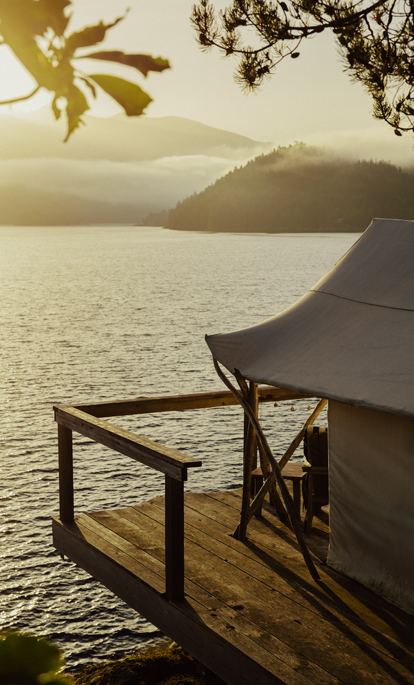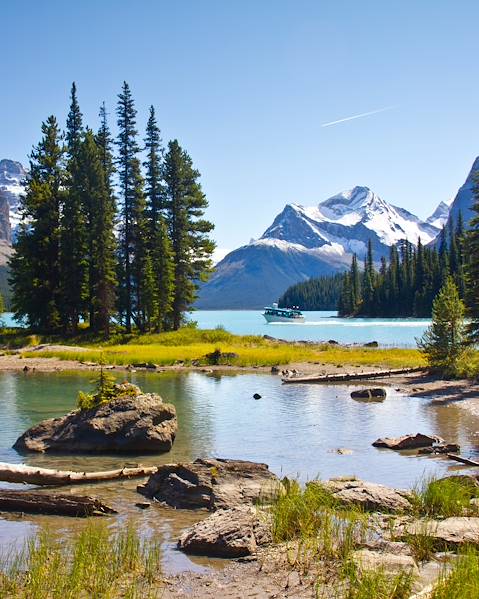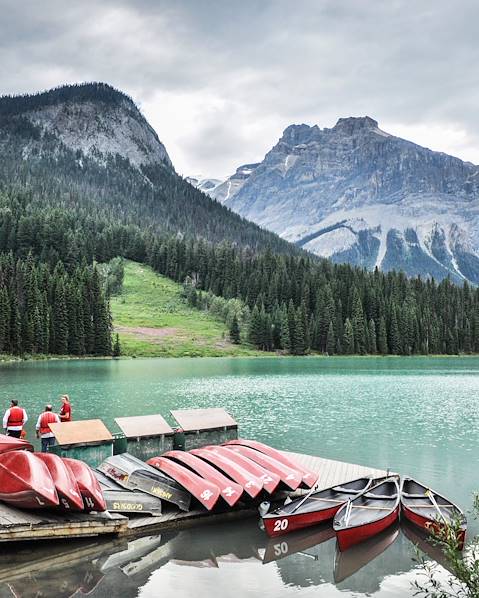The geography of Canada is a tapestry of natural wonders, offering a diverse range of landscapes and experiences. From the frozen Arctic and rugged mountains to the fertile prairies and coastal wonders, each region has its own unique charm and allure. Exploring the geography of Canada is an invitation to witness the power of nature, encounter diverse ecosystems, and immerse yourself in the country’s rich heritage. Whether it’s hiking through the Rockies, kayaking along the Atlantic Coast, or marvelling at the Northern Lights, Canada’s geography beckons adventurers and nature enthusiasts to embark on a journey of discovery and awe. Here we delve into the various geographical features that define Canada, exploring its distinctive landscapes, climate and regions.
The Great White North: The Arctic and Subarctic Regions
The northernmost parts of Canada are characterised by the Arctic and Subarctic regions. These areas are home to vast stretches of tundra, frozen landscapes, extreme weather and unique wildlife. The Arctic Archipelago, consisting of thousands of islands, is a mesmerising mosaic of glaciers, fjords and stunning ice formations that are a habitat for polar bears, seals and migratory birds. Moving southward, the Subarctic region is a world of boreal forests, expansive wetlands and rolling hills. The area experiences long, cold winters and short, mild summers and is a haven for diverse flora and fauna, including moose, caribou, wolves and various bird species. Both regions are home to indigenous communities including the Inuit, First Nations and Metis people who have inhabited these lands of thousands of years.
The Majestic Mountains: The Canadian Rockies and Coastal Ranges
Stretching from British Columbia to Alberta, the Canadian Rockies offer unparalleled beauty; towering peaks, pristine lakes and cascading waterfalls make this region a paradise for outdoor enthusiasts. Jasper National Park and Yoho National Park showcase the breath-taking beauty of the mountains and visitors can explore a network of hiking trails, go wildlife spotting, enjoy scenic drives and ski, snowboard and cycle to their hearts’ content. Along the Pacific Coast, the Coastal Ranges boast dramatic fjords, temperate rainforests and abundant marine life, creating a stunning juxtaposition of mountains and ocean. These highlands are ideal for kayaking, whale watching, hiking and exploring remote coastal communities.
The Great Plains: The Prairies and Interior Plains
The vast expanses of the Canadian Prairies, encompassing Alberta, Saskatchewan and Manitoba, is characterised by flat, fertile land that’s ideal for agriculture. Often referred to as the ‘breadbasket of Canada’, the region’s rolling fields of wheat, canola and barley dominate the landscape, while big skies and endless horizons create a sense of openness and tranquillity. Moving eastward, the Interior Plains extend from the Prairies to the eastern provinces of Ontario and Quebec and are a mix of grasslands, forests and wetlands. In addition to agricultural importance, the Prairies and Interior Plains offer opportunities for outdoor activities aplenty. Visitors can enjoy hiking, birdwatching, fishing and camping in the region’s numerous national and provincial parks, such as Riding Mountain National Park and Grasslands National Park.
The Storied Shield: The Canadian Shield
Covering nearly half of Canada’s landmass, the Canadian Shield is one of the oldest geological formations on Earth. This ancient and rugged region is characterised by rocky outcrops, thousands of lakes and dense boreal forest. Rich in minerals, the Shield has played a significant role in Canada’s economic development and supports a wide range of plant and animal species, including icons like moose, black bears and beavers. It’s also home to emblematic landmarks such as the Niagara Escarpment and the stunning lakes of Ontario and Manitoba. The Canadian Shield has been home to indigenous peoples for thousands of years and holds immense cultural significance as the ancestral lands of various communities including the Anishinaabe, Cree, Obibwe and Inuit. These communities have a deep connection to the land, with rich traditions, stories and spiritual beliefs entwined with the Shield’s natural features.
The Coastal Wonders: Atlantic and Pacific Coasts
Canada’s Atlantic Coast, stretching from Newfoundland and Labrador to Nova Scotia, is a place of rugged beauty. Cliffs, fjords and picturesque fishing villages dot the coastline, creating a postcard-perfect setting. In the Bay of Fundy, known for having the highest tides in the world, the waves rise and fall dramatically, revealing stunning rock formations and creating a dynamic environment for marine life. On the Pacific Coasts, British Columbia’s stunning landscapes include temperate rainforests, fjords and the iconic Great Bear Rainforest, home to diverse wildlife including the rare Kermode bear, also known as the Spirit Bear. The Pacific Coast is also home to the sublime Gulf Islands, a collection of picturesque islets known for their tranquil beaches, charming communities and abundant wildlife. Vancouver Island, with its dramatic coastline, offers opportunities for whale watching, kayaking and exploring the Pacific Rim National Park Reserve, where visitors can witness the power of the ocean and stroll along pristine stretches of powder-fine sand.
The Northern Frontier: Yukon, Northwest Territories and Nunavut
Canada’s northern territories comprise vast expanses of untouched wilderness. Yukon offers breath-taking mountain ranges, gin-clear lakes and the world-famous Klondike region, known for its gold rush history. The Northwest Territories boast stunning national parks, including Nahanni and Wood Buffalo, while Nunavut, the largest and newest territory, is a land of Arctic beauty, with towering icebergs, polar bears and Inuit culture. These remote territories are also the best regions in Canada to experience Earth’s most breath-taking natural light display: the Northern Lights. Their dark skies and minimal light pollution provide optimal conditions for viewing the auroras. In fact, the town of Yellowknife in the Northwest Territories is often referred to as the ‘Aurora Capital of North America’, due to its prime location for sightings.
From rugged mountains to expansive prairies, glacial lakes to dense forests, and Arctic tundra to coastal wonders, the geography of Canada is testament to the country’s awe-inspiring beauty and natural splendour. Experience it for yourself on an epic and unforgettable trip across the territory.

















